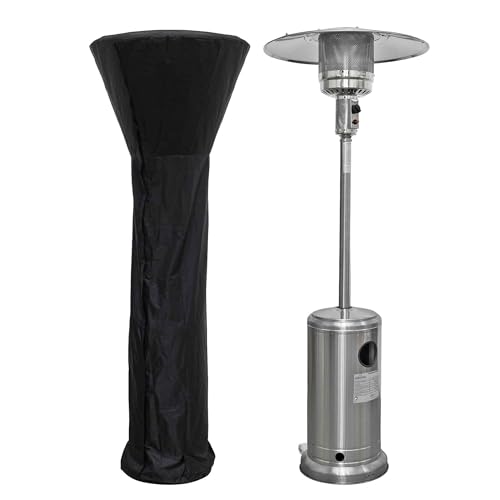Lowering the Price of Patio Gas
Patio gas is an liquid petroleum (LPG) used in patio heaters and BBQs. It is available in small "patio bottles" that are designed to work with regulators, making it easy to connect them to your barbecue.
It has an extremely low boiling point, so it can be used outside all year round and is extremely efficient in hot weather.
Cost of Gas
Patio gas is a type of propane or butane that is used to heat outdoor barbecues and outdoor heating. It is usually delivered in the form of a large propane or butane bottle that has a clip-on regulator. This kind of gas is less expensive than natural gas, which is delivered through pipes. However, the cost of installing or repairing gas lines will depend on the material and type of pipe.
Propane is also available in smaller cylinders, which are compatible with patio heaters and BBQs. These cylinders come with either a 27mm clip-on regulator or screw-on and can be filled at most propane dealers.
Cost of Bottles
If you want to reduce the price of gas for your patio, there are some ways you can go about it. One way to save money is to purchase your gas for your patio in the morning or evening when prices are less. Also, try to pump your gas when it's cool out because hot temperatures cause gas to expand, which means you'll pay for less dense fuel.
Another method to cut down on the price of gas for your patio is to purchase a reusable bottle, rather than using disposable plastic ones. Some of the most popular choices are Glaceau Smartwater, which is popular for its light weight and easy-to-drink flip cap and the Black Diamond Ultralight, which is loved by thru-hikers for its slim shape and light, quick-to-refill design.
The Calor Patio (propane gas) is a cylinder that weighs 13kg, which is perfect for barbecues, patio heaters with four burners or more. The price includes the cylinder and valve. If you purchase your first cylinder without a bottle to return the cylinder, add EUR20.
Cost of Regulators
There are a variety of gas regulators available for patio use. However, they are not all the same. You'll need a regulator that's compatible with the type of cylinder you're using. A propane cylinder, for instance, will have a different type of valve than one for butane. Both types of gas require different pressures to be released, which is why they can't be used interchangeably without changing the regulator.
There are a variety of regulators such as clip-on and screw-on. Some have a pressure setting, a restrictor and a sensor all in one body, while others are more complicated and could include several separate components. The type of cylinder you're using can impact the price of the regulator. The smallest bottles are available in a variety of sizes, however larger cylinders will cost more and require a bigger regulator. The cost of gas lines is higher when your patio heater is powered by natural gas. You'll also have to include the cost of the general contractor and any inspection or permit fees required by the local jurisdiction.
Cost of Installation
The cost to install patio gas depends on your system and the amount of pipe involved. For example, installing an entirely new gas line from the main to the house typically costs about $20 per linear foot. This price covers the cost of installing pipes and connecting appliances to the line. This price also includes the costs of materials such as copper or steel pipes which are more expensive than pipes made of plastic. A gas leak inspection can cost you an additional $50.
outdoor gas patio heater can purchase propane or butane gas in a small "patio bottle" that was designed specifically with barbecues and patio heaters in the back of your mind. Its design is meant to work with the gas regulator which connects to a BBQ or the cylinder for a patio heater. Propane and Butane are both orange, but they are equally effective as outdoor leisure products. Calor provides propane as well as patio gas and LPG cylinders of various sizes. However the bottles aren't interchangeable. Each one requires its own gas regulator.

Gas regulators regulate the level at which gas is released. This is crucial because it stops gas from building to dangerous levels, which could lead to an explosion. Gas regulators come in different styles and sizes, including clip-on and screw-on models. You'll need to buy a separate gas regulator for your BBQ or patio heater because different cylinders require different amounts of gas and release the gas at different pressure levels.
A gas regulator is a crucial element of any gas appliance because it lets you regulate the flow of gas and ensures that the system is safe for your use. Most regulators are screw-on connections, which makes it easy to connect the cylinder. Most hardware stores sell them. However, you can also lease a gas regulator from the majority of rental companies at an hourly cost.
The cost of installing a new gas line will depend on the length and location of the pipe, the price of materials and the complexity of the installation process. Installing a gas line to grill, for instance, generally costs $20 to $25 per linear foot. This cost can increase when you're building a pergola or gazebo that requires anchor bolts to hold it in place. The cost of trenching and excavation can increase the cost of this project.
